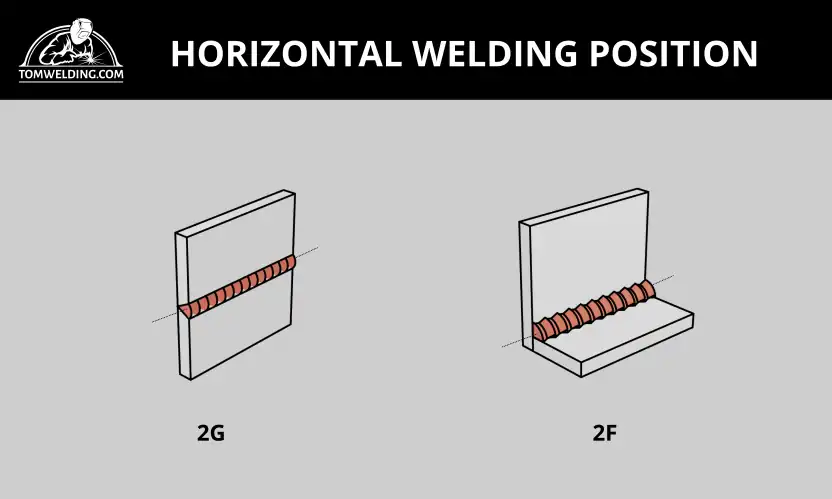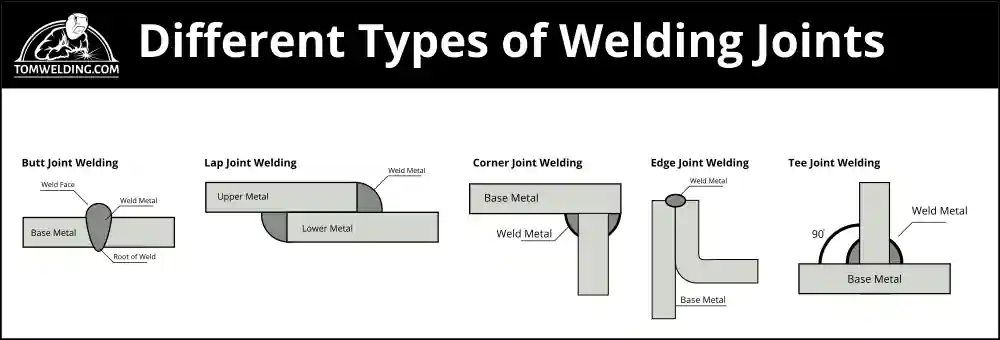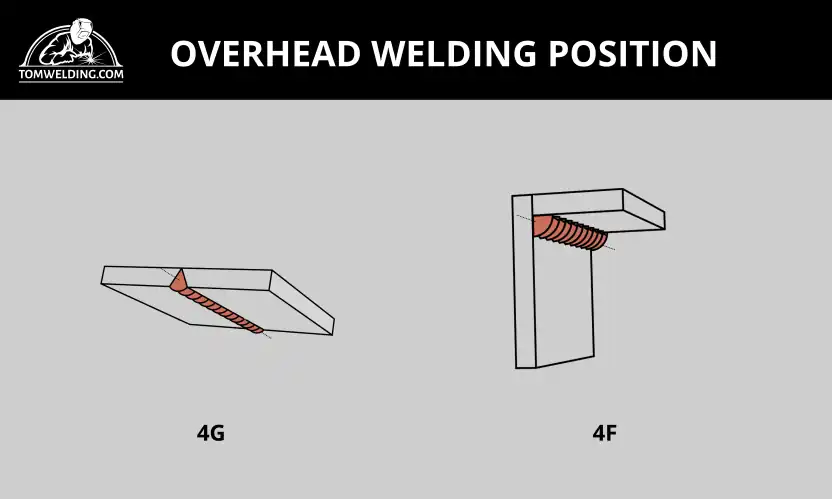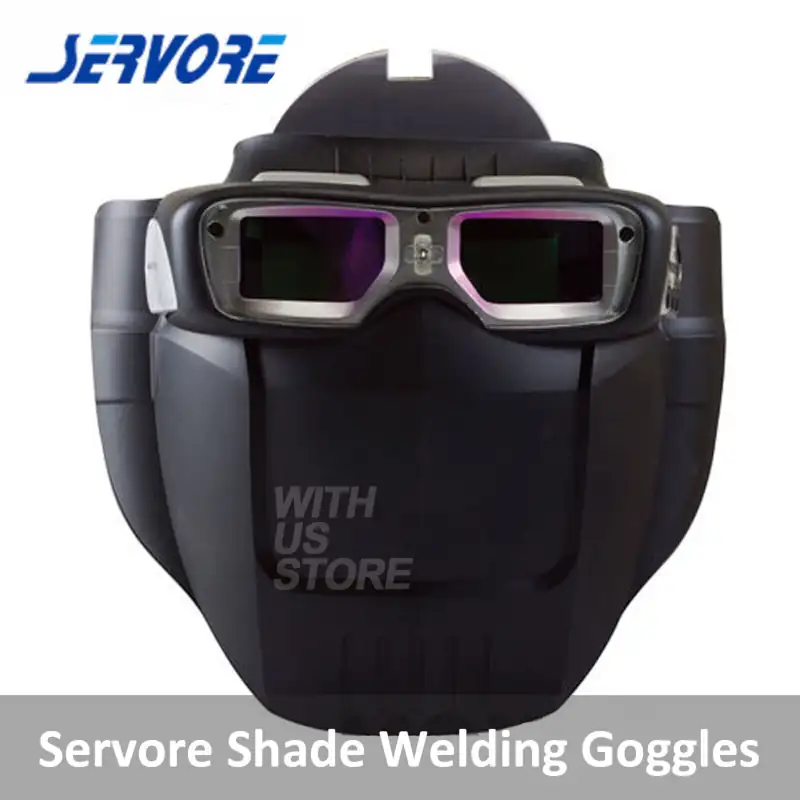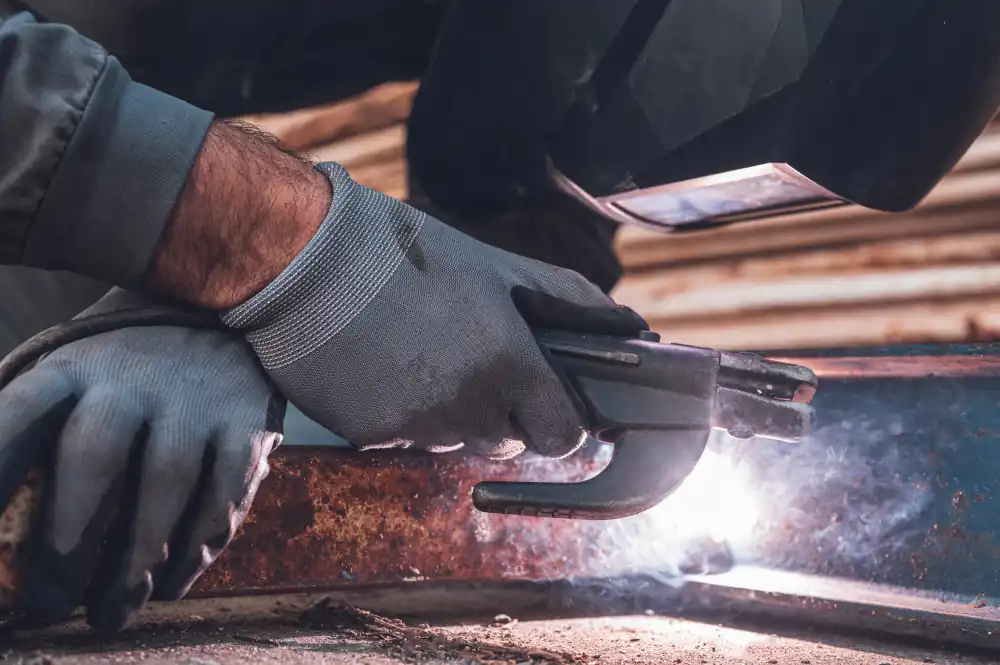Learn about the horizontal welding position. Here is everything you need to know about horizontal welding position
Welding is an art form that combines materials science, engineering, and skilled execution to create strong, durable joints between metals. While welding can be performed in several positions, such as flat, vertical, and overhead, horizontal welding offers unique challenges and advantages.
This article aims to offer an in-depth look into the various aspects of horizontal welding position, with each concept being a focal point for discussion.
Understanding Weld Position Standards
The importance of welding standards can’t be overstated, as these guidelines ensure a uniform approach to horizontal welding position. Standards usually stem from bodies like the American Welding Society (AWS) or similar international organizations.
These standards dictate not just safety measures but also specific methodologies that experienced welders must adhere to. You’ll often find these standards neatly documented and available for scrutiny by both engineers and quality control auditors alike.
Another crucial element in the welding position is the setup of the welding table. This table is not just a flat surface but often includes clamps and other securing mechanisms.
Located in a designated area within the weld shop, this table plays a vital role in ensuring that the metal pieces are held in a stable horizontal position. The table setup usually falls under the purview of a fabricator skilled in joint preparation and alignment.
Welding Technique for Horizontal Welding Position
When it comes to the technique employed in horizontal welding, various methodologies, such as stringer or weave, are often applied based on the requirements of the joint.
Trained welders, often taught by certified instructors at specialized training facilities, are well-versed in selecting the appropriate technique for a given project.
The technique chosen is not just an arbitrary decision but is often outlined in a formal welding procedure, which acts as a guide.
The choice of the welding torch and other tools is another facet of the welding technique. Whether you are in a welding booth or an on-site location, selecting the correct torch for the horizontal weld is crucial.
Technicians and welders usually undertake this task, as they are well-trained in understanding the nuances of different welding torches and their applications in specific techniques.
Joint Preparation
The preparation of the welding joint is a meticulous process, involving tasks such as cleaning the metal surface and creating the correct bevel angle.
Here, tools like the bevel gauge come into play. The joint preparation, which is typically under the supervision of a skilled fabricator in the assembly area, complies with material science standards to ensure surface integrity, which is essential for a strong weld.
The joint setup involves a sequence of steps that are followed rigorously to ensure that the welding goes smoothly.
This usually takes place in a designated assembly area within the weld shop. From clamping the metal pieces to aligning them perfectly, these steps form part of a well-documented procedure. It’s not uncommon for a welding engineer to oversee this process, ensuring each step aligns with the predefined welding sequence.
Welding Process
The choice of the welding process is often grounded in scientific theories like thermal physics and welding theory.
These theories provide a framework for understanding how different welding processes, such as stick, MIG, or TIG, can be effectively used in horizontal welding position.
Such theoretical foundations are usually a part of the curriculum at training facilities specializing in various welding techniques.
Welding processes often dictate the type of welding machine used. Whether you are working in a small welding booth or a large manufacturing plant, the machine should align with the selected process.
The process engineer in charge of setting up the welding procedure frequently makes this decision. The machine’s amperage settings, an integral part of controlling heat input, are also calibrated as per requirements.
Electrode Choice
The principles of material science frequently influence the choice of electrode. Understanding the metallurgical composition of the metals being welded helps in selecting the appropriate electrode.
Common choices include electrodes like 6010 or 7018, which are stored in the supply room and are selected based on the base material and welding position.
A skilled technician or welder frequently oversees the electrode selection process, which is a crucial step in horizontal welding position. It involves not just choosing the right material but also the right type of electrode that would work best for the specific horizontal weld.
This process is generally documented, forming part of the overall quality control measures that the project follows.
Shielding Gas
The role of shielding gas in horizontal welding position is to protect the weld pool from atmospheric contamination.
Depending on factors like the material being welded and the welding process, different types of shielding gases such as Argon, Carbon Dioxide, or mixtures thereof are used.
Atmospheric control principles play a critical role in the choice of shielding gas. Safety officers usually regulate this aspect, ensuring that the gas handling complies with safety standards.
The shielding gas supply area is a designated space, often in a well-ventilated part of the workshop, where the gas cylinders are stored.
Setting up the gas involves connecting the cylinder to the welding machine and calibrating the gas flow as per the welding procedure. In order to prevent accidents, the technician typically oversees this task.
Travel Speed
Travel speed is a key parameter affecting the quality of a weld in horizontal welding position. Understanding fluid dynamics and its implications can help fine-tune the travel speed for optimal results.
This is particularly crucial because the weld pool can now experience the effects of gravity, which makes control even more crucial. Welding supervisors often monitor this parameter to ensure consistency and quality in the weld.
The need for speed monitoring during the welding process depends on the skill level of the welder and the criticality of the weld.
In some cases, speedometers or similar devices may be used to provide real-time feedback. A lead welder or a supervisor frequently oversees the adjustment of speed settings at the welding machine.
Weld Pool Control
Weld pool control is yet another critical factor, especially in horizontal welding, where gravity can affect the pool’s stability. Understanding the principles of fluid dynamics can offer insights into how to better control the weld pool.
Skilled welders, often trained at dedicated facilities, use this knowledge to maintain a stable weld pool throughout the process.
In sophisticated setups or for critical welds, specialized monitoring tools like cameras or sensors can be used to keep an eye on the weld pool.
These tools help ensure that the weld pool remains stable and that the final weld meets quality standards. Quality control personnel often oversee this monitoring to ensure that everything is in accordance with project specifications.

